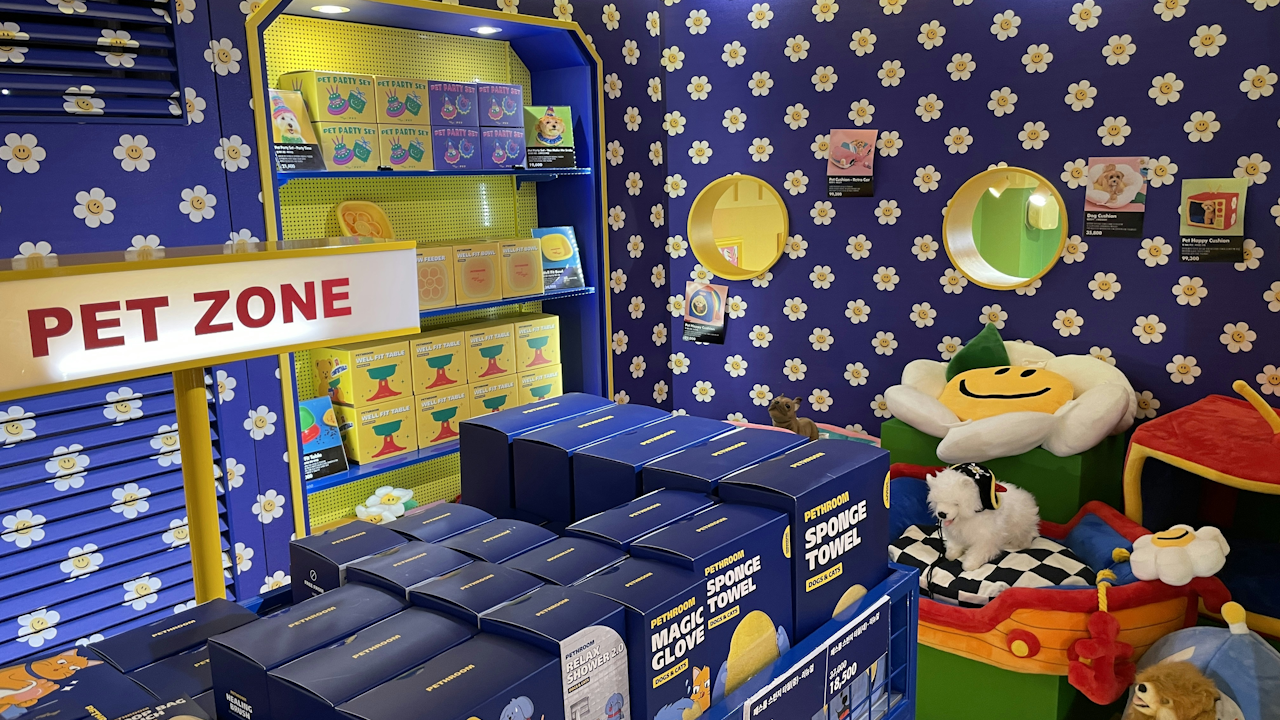Pet fashion has exploded in popularity in recent years. From designer sweaters for dogs to Halloween costumes for cats, the trend of dressing up our furry companions has gone far beyond simple function. Instagram is full of decked-out dachshunds, pugs in bow ties, and cats in princess gowns. But beneath all the cute photos lies a deeper question: do pets actually enjoy being dressed up, or are they just tolerating it?
To begin with, it’s important to recognize that pets are not human. While many owners project human emotions onto their animals an act known as anthropomorphism pets experience the world differently. A dog wagging its tail in a sparkly vest may seem to enjoy the attention, but it’s not necessarily the fashion they are reacting to. More often than not, it’s the praise, treats, or extra affection that comes with wearing the outfit that brings them joy.
For some pets, especially those used to wearing clothing from a young age, fashion can be a fun or at least tolerable experience. Certain dog breeds, such as Greyhounds or Chihuahuas, actually benefit from wearing clothes in cold weather. Their thin coats make them sensitive to low temperatures, so a well-fitting jacket or sweater provides both warmth and comfort. In cases like this, pet fashion meets a practical need and can contribute positively to the pet’s well-being.
On the other hand, not all animals are comfortable with being dressed. Cats, in particular, are known for their dislike of restraint and unfamiliar textures. While a few may tolerate a simple costume for a photo op, many will become visibly distressed. Signs of discomfort can include flattened ears, tense body language, attempts to remove the clothing, or even hiding. Forcing a pet into an outfit despite these signals can create unnecessary stress and strain the bond between animal and owner.
Another aspect to consider is how the clothing fits and whether it restricts the animal’s movement. Pets rely on their senses to navigate the world. A costume that covers their ears, blocks their field of vision, or interferes with walking can be disorienting. Even worse, improperly designed outfits can pose physical dangers, such as overheating, skin irritation, or choking hazards. Owners need to be attentive to their pet’s behavior and comfort level at all times, especially when trying out a new outfit.
Still, there is a growing industry built around pet fashion, and not just for functionality. Luxury brands have jumped on the trend, offering everything from monogrammed raincoats to wedding tuxedos for pets. There are fashion shows, influencer pets with millions of followers, and even seasonal lines for holidays. This raises another issue: are we dressing pets for their benefit or for ours?
Many experts argue that the joy of pet fashion often leans more toward human satisfaction than animal enjoyment. Owners love to showcase their pets, receive compliments, and share pictures online. Dressing a dog in a tutu might get hundreds of likes, but it’s worth asking whether the dog is really happy or just enduring it for the treat afterward. That doesn’t mean all pet fashion is inherently bad, but it does suggest that the motivation should always include the pet’s comfort and emotional well-being.
There is also a cultural component to pet fashion. In some societies, dressing pets is seen as pampering or humorous, while in others, it may be frowned upon as unnecessary or even disrespectful to the animal. In Japan, for example, pet fashion is widely accepted and often blends functionality with cuteness. Meanwhile, in rural parts of the world, pets are rarely dressed, as their roles are more utilitarian than decorative. The perception of pet fashion is not universal and reflects broader attitudes about animals and their place in human society.
So, do pets love or hate being dressed up? The answer isn’t black and white. Some do seem to enjoy it, especially if it means attention, treats, or playtime. Others clearly dislike it and would prefer to be left in their natural state. The key lies in knowing your pet as an individual. Observing their reactions, ensuring they are comfortable, and never forcing an outfit can help ensure that pet fashion remains a source of fun rather than stress.
In conclusion, pet fashion is a growing trend that reflects both human creativity and affection for our animals. While it can be adorable and even beneficial in certain contexts, it should always be approached with the pet’s comfort and safety in mind. Whether your dog enjoys flaunting a hoodie or your cat despises every stitch of fabric, their preferences should guide your choices. Fashion should be fun, not forced especially when it comes to our beloved pets.

